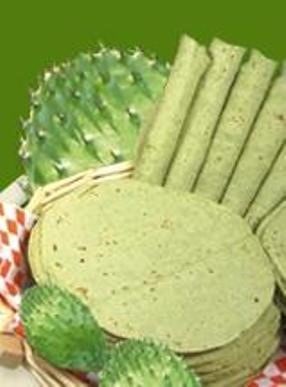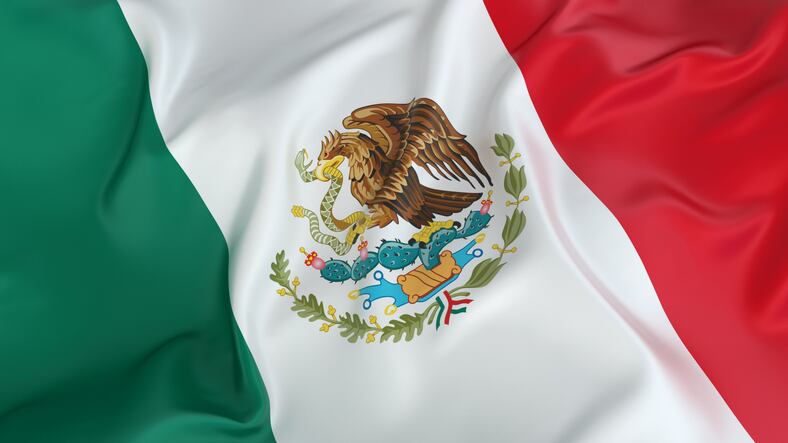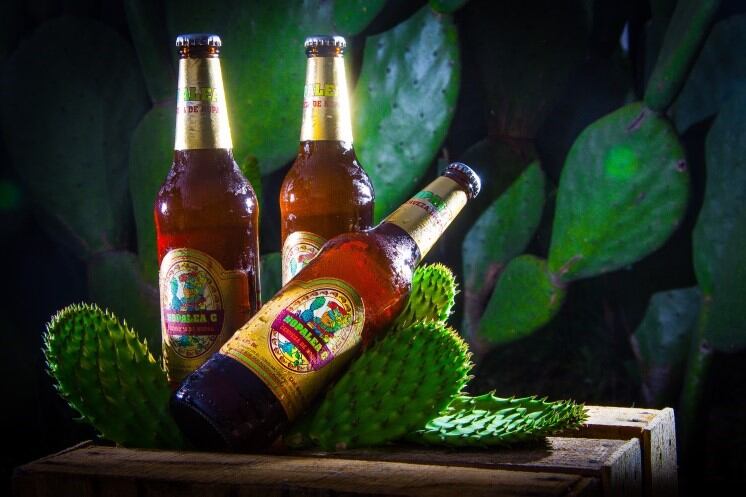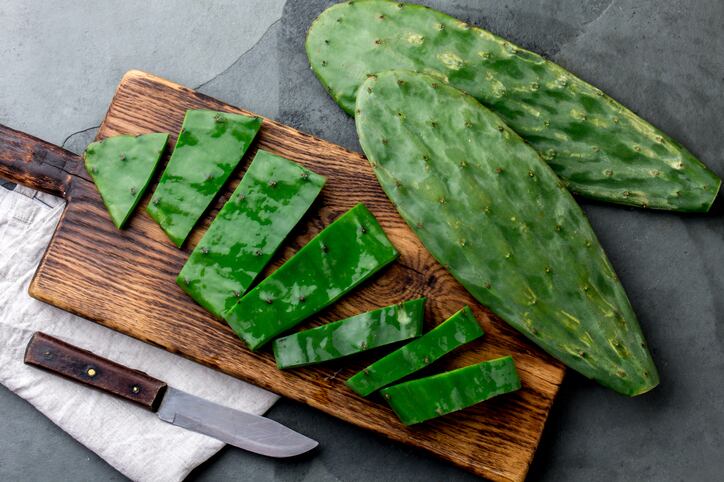Mexico’s native nopal cactus enjoys pride of place on the country’s national flag and is a well-known ingredient when fresh or preserved in brine.
The cactus ‘leaves’ are eaten like a vegetable in traditional dishes such as salads, tacos, soups and stews while the fruit – prickly pear in English, tuna in Mexican Spanish, is used to make candy, desserts and jellies.
Powdered nopal has a growing following in Europe and the US thanks to its nutritional properties. But one Mexican company, Nopalea, is aiming to give high-fiber nopal powder superfood status in its home market.
“Nopal has been a food source and an important part of traditional cuisine in Mexico for hundreds of years, since the Aztec culture,” founder and CEO Miguel Ángel Davila Garza told FoodNavigator. “Now it is gaining popularity in the United States and Europe because its medicinal properties help the body to control various disorders.
"But compared to other countries, in Mexico we have the great advantage that practically all the population knows the cactus is good even if they do not know [the specific nutritional benefits].”
A subtle, fresh flavor
Nopal has a subtle flavor with a hint of acidity and a texture similar to asparagus, according to the company. It has a high water content when eaten fresh but when it is dried to a powder, the fiber content rises to around 50%.
Since the company began production in 2002, Nopalea’s main product has been nopal powder, which it supplies to food and beverage manufacturers that have made products ranging from cereal bars to beer, tortillas to tea.
According to Davila Garza, the heat-stable dry powder is easy to incorporate into existing recipes, and can boost the nutritional profile of processed foods.
“The powder is used to enrich with its fiber and with small proportions other conventional low fiber products such as tortillas, bread, cookies, sweets and drinks,” he said.
A 5 g serving of nopal powder also provides 45.6 mg of calcium.
New product launches

Headquartered in Monterrey, one of Mexico’s most important industrial and business hubs, Nopalea currently produces around 30 tons annually (from 450 tons of fresh nopal), which have a two-year guaranteed shelf-life and are available in 25-kilo bags and one-ton pallets.
“Our target markets have always been industry, but this year we are starting with new shelf products,” Davila Garza said.
The first is Penky’s, a high-fiber snack made from whole, flavored nopal.
“Slices of nopal leaves are semi-dehydrated and combined with pieces of pineapple or tamarind, [marinated in] chamoy salsa and a chilli in powder mixture, sweetened with stevia,” said the CEO.
Chamoy is a typically Mexican condiment made from pickled fruit with a salty, sweet and spicy flavor.
Nopalea’s second new product is a nutrient-packed marzipan made with peanuts, amaranth, nopal, spirulina and sugar.
Driving domestic demand

The company sources fresh cacti from its own growing operations, where it cultivates two varieties – nopalea and copena - and buys from some partners in different states in Mexico.
“Nopal has 256 varieties, 100 of which are grown in Mexico,” Davila Garza explained. “Although nopal is endemic to America and is part of our identity in Mexico - we even have nopal on our national flag - most countries in Latin America do not consume it. They do not really know the benefits of this cactus.”
“In Mexico the demand is homogeneous throughout the year, with small periods of higher demand such as Easter and Christmas.
“The demand for nopal vegetables in the Mexican domestic market follows well-established patterns. Geographically, the nopalito market is limited to center of the country, the demand being lower in the northern states and almost zero in the coastal states and the tropical region,” he said, adding that this was partly down to cultural reasons, and partly due to a lack of efficient distribution in these regions.
Bringing the beer back home
This general lack of awareness means that, for the moment, most of Nopalea’s production is exported to Europe, with France and the Czech Republic the biggest markets.

However, Davila Garza said increasing consumer demand for the fiber-rich cactus in Mexico and the rest of Latin America was “definitely” on the company’s agenda.
In fact, as of this month (January 2019), Nopalea will start to brew a nopal beer in Mexico. Previously, it shipped nopal powder to a Czech brewer, which produced the beer in the Czech Republic.
Although the Mexican-brewed beer is still destined for the European market, the Mexican craft beer market is growing, Davila Garza said.
“People have questioned me several times about why cactus beer is not brewed in Mexico, since this cactus is part of our idiosyncrasy.”

